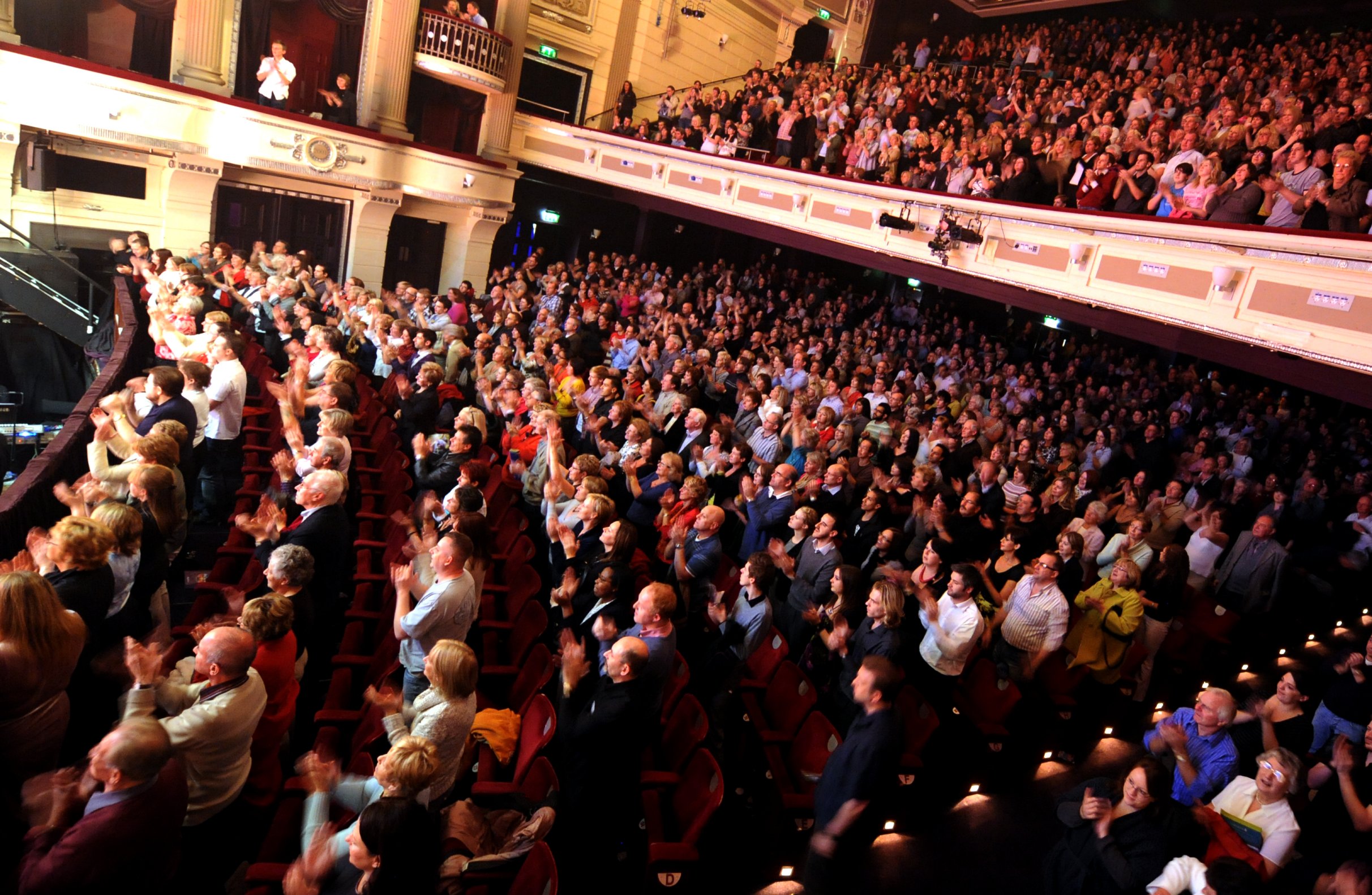
Birmingham Hippodrome
Photo: Neil Pugh
Turn your marketing upside down
To achieve true customer relationship management all marketing activities should be turned upside down, focusing much more on the customer than the product, says David Reece.
Many organisations in the cultural sector talk about customer relationship management (CRM), but very few truly practise it. Marketing still tends to be product-driven. This means marketing starts with a show and asks “Who can I get to come to it?” rather than asking “What can I offer to customers to increase their engagement with us?”
The customer’s viewpoint
True CRM means being customer-driven, starting from your customer’s viewpoint rather than the product. This essentially means turning your marketing upside down. Thinking from this perspective can involve rethinking everything from your copy to your website design to your customer service.
Identify a group of lapsing customers and take time to understand what they used to do and why they might have stopped doing it
You need to understand how your customers are engaging currently so that you can respond to their behaviour. What do you know about them and what might they be interested in buying? What are the best ways and times to communicate with them?
The answers will be different for customers who have just tried something new, customers who haven’t booked for a while, or customers who attend frequently but who have never purchased membership or a subscription. The same principle applies when trying to generate new audiences, younger audiences or different audiences. You need to adopt a customer focus to understanding them and what might persuade them to give you a try.
True CRM might mean turning your marketing upside down, but of course you can’t just stop selling shows. You still need to develop a compelling proposition for the work you produce or present, but building more effective relationships with your customers will generate greater trust and deeper engagement.
A deeper relationship
Birmingham Hippodrome has done just that. As an independent and unsubsidised charity, it is proud of what it calls its ‘commercial head, charitable heart’ approach. It has a deep commitment to building engagement with its existing audience, while at the same time developing new relationships, aiming to engage an audience truly reflective of the region.
A growing programme of festival activity takes work outside the building including Summer in Southside (a free outdoor family arts festival). It welcomes thousands and this year was marketed to deliver a carefully planned mix of regular ballet lovers (identified on the existing database) and young local families, who had not necessarily experienced its work before. The B-Side Hip Hop festival is also a major attraction for new, young diverse audiences.
Drawing on this success, Birmingham Hippodrome has been encouraging this new, wider festival audience to engage beyond the festival by programming work specifically designed to encourage them to visit the venue. It worked with Metta Theatre (Jungle Book) and Kate Prince (Groove On Down The Road) in its Patrick Centre studio, as well putting on dance events like Sampled on the main stage, featuring some internationally acclaimed acts.
As Chief Executive Fiona Allan puts it: “By working closely with Baker Richards, looking carefully at our database, agreeing audience development priorities, talking to new partners and taking a few risks (increasingly alleviated by successful fundraising), we are able to deepen our engagement with current audiences and give them good reasons to look beyond their normal expectations, whilst at the same time becoming even more welcoming to new audiences.”
A balancing act
How do you start the process of thinking about what you do from the perspective of your customers, while at the same time promoting the next show?
The key is understanding the behaviour of your audience and identifying customers who are attending for the first time, trying something different, booking low-price tickets, or are at risk of lapsing. In other words, you need to segment your market so that you can communicate the right message about the right product to the right customer at the right time.
Having segmented your market, you can then devise a strategy in response to the behaviour of each group. Identify a group of lapsing customers and take time to understand what they used to do and why they might have stopped doing it. Or pick a group that has recently started coming more often and ask what you could do to increase that engagement further.
Among your most engaged customers you might find a group that is booking frequently but resisting your membership offer. Is this simply an issue of targeting or messaging or do you need research to redesign your offer to appeal to them?
Look for segments whose behaviour suggests they might be interested in the seats or performances you find difficult to sell – maybe at a discount. This means that when a ‘difficult’ performance comes along, you can achieve a win–win: targeting the responsive customers with a relevant offer, while also increasing sales.
Building lifetime relationships
Even strongly product-focused organisations and visiting producers should care about long-term customer relationships, not just short-term sales. The best way to sell a new show is to have won the trust of a loyal audience so they are willing to try the things you offer them. A well-established core audience, attending frequently, makes it much easier (and cheaper) to hit your sales targets. You can then focus marketing activity on developing new and different audiences. That’s the right way up.
David Reece is Director of Consulting Services at Baker Richards.
www.baker-richards.com
This article, sponsored and contributed by Baker Richards, is part of a series sharing insights into how organisations in the arts and cultural sector can achieve their commercial potential.
Join the Discussion
You must be logged in to post a comment.